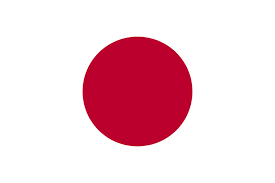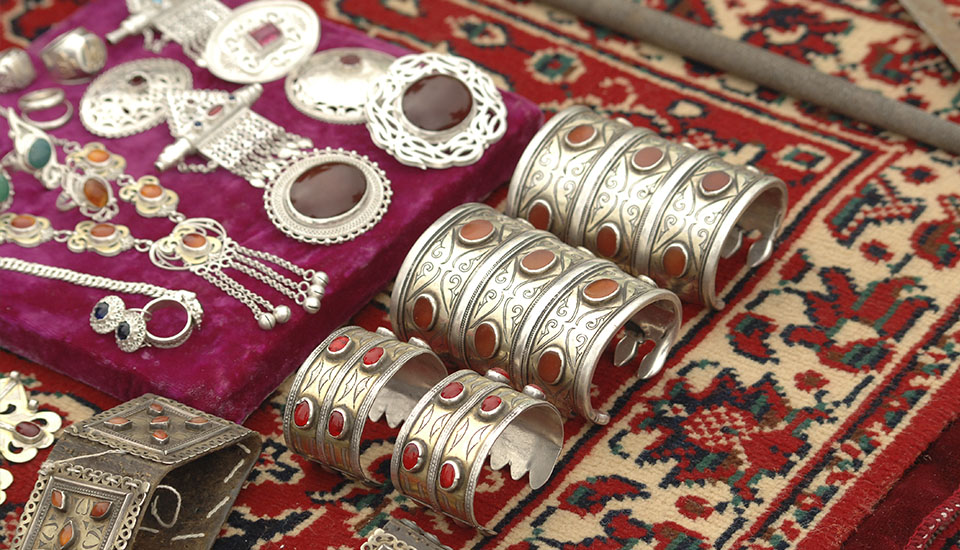Turkmen jewellery art is an integral part of the national cultural heritage. The rich decoration of the national costume with jewellery was introduced on the territory of present-day Turkmenistan a very long time ago, probably at least two millennia ago. The terracotta statues of goddesses from Margiana (last centuries BC and early CE) depict numerous pendants on clothes and complex high headdresses in the form we see nowadays. The archaeological findings in other ancient settlements on the territory of Turkmenistan also evidence this fact. A unique collection of jewellery is exhibited in the State Museum of the State Cultural Centre of Turkmenistan. The works by the Turkmen jewellers are included in the expositions of the world’s best museum collections.
Production of the Turkmen zergers (jewellers) differs in beauty and harmony, attracts with the originality, symmetry of patterns and unique national ornament. The masters have passed down their secrets from generation to generation over the centuries. Jewellery is an integral part of the life of the Turkmen people. Women, children, as well as men, wore the personal ornaments. Jewellery was used to decorate the Ahalteke horses as a sign of respect for war horses and their protection from evil and diseases. These amazing products served both as a decorative adornment to the dress, and as miraculous amulets. The jewellery reflects the symbols inherent in the national art especially brightly and excitingly. Shape, arrangement of stones, proportions, composition, and ornament – everything had a magical meaning. According to the ancient beliefs, silver had healing and protective properties. Semi-precious stones, including in turquoise, corals, carnelian, and nephrite, were most frequently used for decoration. However, the favourite stone is carnelian, the stone that brings abundance, happiness and peace to the house, and health and protection from the evil to its owner.
It is hard to enumerate all the types of women's jewellery. There are many dozens of them for different purposes. Women wear them in accordance with marital status, age, suit, as conceivable and inconceivable elements.


 English
English Italian
Italian Japan
Japan China
China Deutch
Deutch




